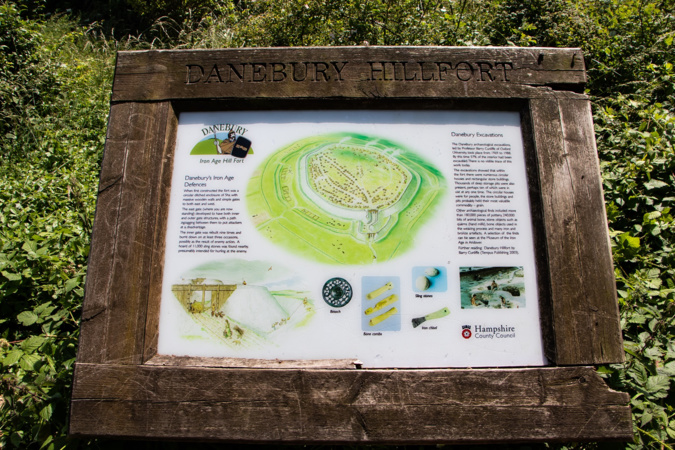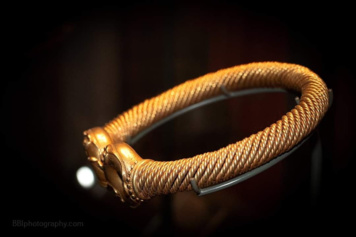Lincoln Castle is a major Norman castle constructed in Lincoln, England, during the late 11th century by William the Conqueror on the site of a pre-existing Roman fortress. The castle is unusual in that it has two mottes. It is one of only two such...
Buried for safe-keeping below the floor of a house in Roman Colchester during the Boudican revolt in AD 61. The treasure consists of 26 Roman republican coins, mostly silver, and which had been kept in a bag; the remains of a small wooden and silver...
Cheddar Gorge & Caves: People have used the caves in Cheddar Gorge for shelter for 40,000 years. We derive this from evidence found in and around the caves. Cheddar Man is famous as Britain’s oldest complete skeleton. Found buried in Gough’s Cave in 1903,...
Goodrich Castle is a Norman medieval castle ruin north of the village of Goodrich in Herefordshire, England, controlling a key location between Monmouth and Ross-on-Wye. It was praised by William Wordsworth as the “noblest ruin in Herefordshire” and is considered by historian Adrian Pettifer to...
Dover Castle is a medieval castle in Dover, Kent, England. It was founded in the 11th century and has been described as the “Key to England” due to its defensive significance throughout history. Some sources say it is the largest castle in England, a title...
Hadleigh Castle is a ruined fortification in the English county of Essex, overlooking the Thames Estuary from south of the town of Hadleigh. Built after 1215 during the reign of Henry III by Hubert de Burgh, the castle was surrounded by parkland and had an...
The first castle on the Castell Coch site was probably built after 1081, during the Norman invasion of Wales. It formed one of a string of eight fortifications intended to defend the newly conquered town of Cardiff and control the route along the Taff Gorge....
Danebury Iron Age Hill Fort is one of the most studied Iron Age hill forts in Europe and a Scheduled Ancient Monument. ‘Iron Age’ describes the period between the end of the Bronze Age and the start of the Roman period (700BC to AD43)....
Old Sarum is the site of the earliest settlement of Salisbury in England. Located on a hill about 2 miles north of modern Salisbury near the A345 road, the settlement appears in some of the earliest records in the country. The great monoliths of...
The Newark Torc is a complete Iron Age gold alloy torc found on the outskirts of Newark-on-Trent, Nottinghamshire. The torc was probably made in Norfolk and it closely resembles the Great Torc from Snettisham and is also closely similar to one found at Sedgeford,...
Immediately after landing in England in 1066, William of Normandy ordered three fortifications to be built, Pevensey Castle in September 1066 (re-using the Roman Saxon Shore fort of Anderitum), Hastings (prior to the Battle of Hastings), and Dover. Hastings Castle was originally built as a...
Excavations in 1864–65 and 1927–35 found human and animal remains, stone tools, pottery, amber beads, and bronze items within Thor’s Cave and the adjacent Thor’s Fissure Cavern. The caves are estimated to have contained the burial sites of at least seven people. The finds...














